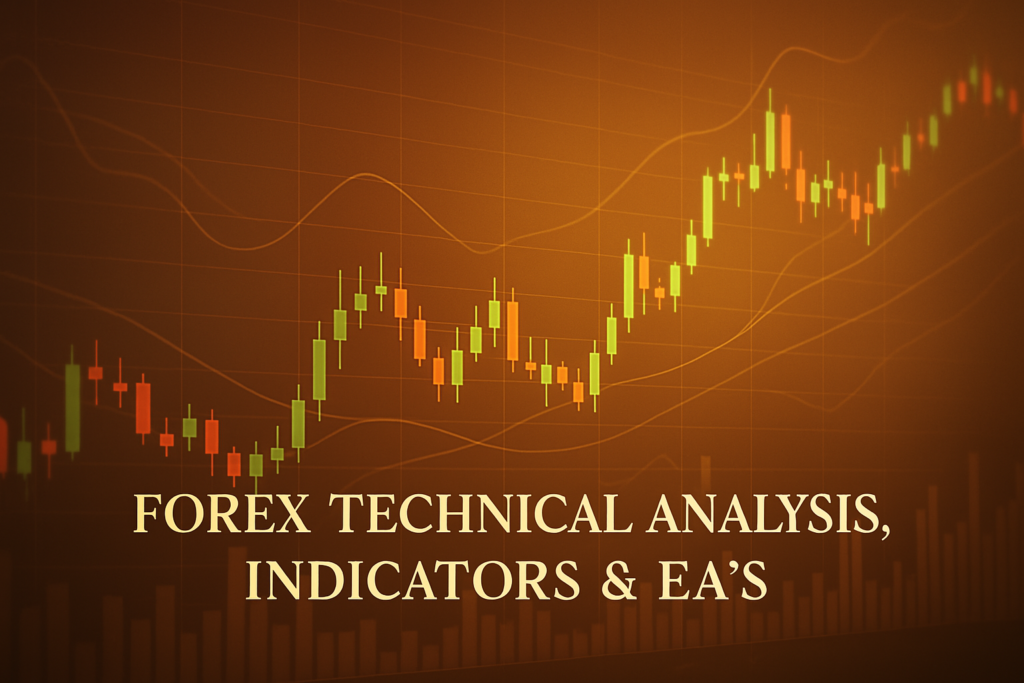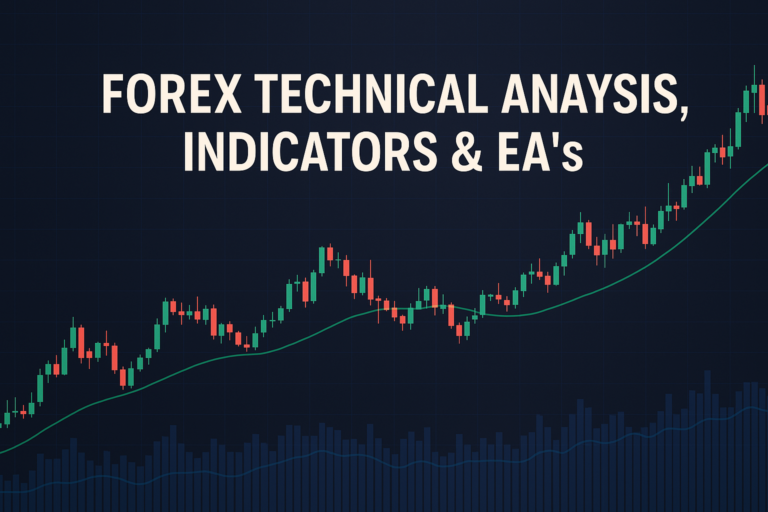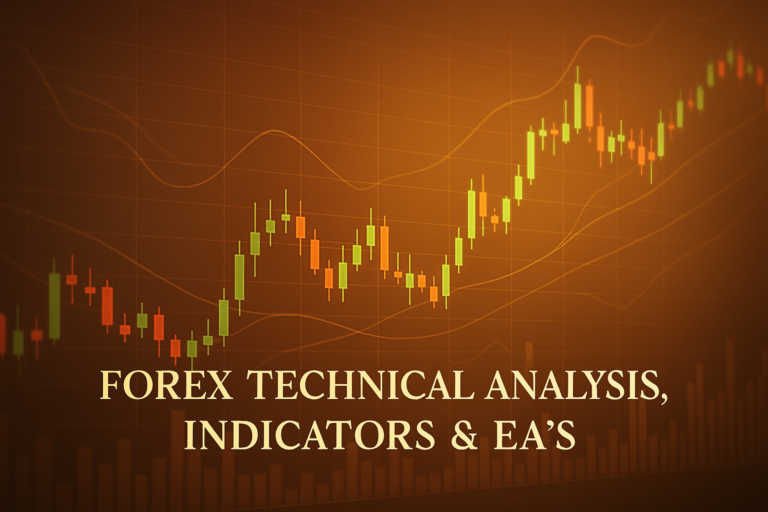
The cross moving average is a vital tool for Forex traders to identify trends and make informed decisions.
In the world of Forex trading, the cross moving average can be a game-changer. Imagine you are in a vast ocean, surrounded by waves of price movements. The cross moving average acts as a lighthouse, guiding you through the stormy waters towards profitable trades. It helps traders identify trends and make informed decisions. But many traders, both beginners and professionals, often struggle to fully grasp its power. They find themselves lost, unsure of how to interpret the signals it provides.
Understanding the cross moving average is essential for anyone looking to succeed in Forex trading. It’s not just about following the lines on a chart; it’s about applying this knowledge to gain an edge in the market. This article will take you on a journey through the basics of cross moving averages, their history, advantages, disadvantages, and how to effectively utilize them in your trading strategy.
As we navigate through this article, we will also touch on the topic of Volatility Spike Losses and how to mitigate their impact on your trading. Understanding these concepts is crucial for your success in Forex.
What is a cross moving average?
A cross moving average is a tool that helps traders identify trends in the market. Think of it like a friend who tells you whether the weather is getting warmer or cooler. When we look at price movements over time, a moving average smooths out the ups and downs, making it easier to see the overall direction. When two moving averages cross each other, that can signal a potential buy or sell opportunity.
Types of cross moving average
There are different types of moving averages. Here are the most common:
- Simple Moving Average (SMA): This is the average price over a specific period. It’s easy to calculate and great for beginners.
- Exponential Moving Average (EMA): This gives more weight to recent prices, making it more responsive to changes.
- Weighted Moving Average (WMA): Similar to EMA, but it weights prices differently, emphasizing some over others.
How cross moving average smooth out price action
Imagine you’re looking at a roller coaster. The price action can be wild! But when we apply a cross moving average, it flattens those peaks and valleys, giving you a clearer view of the trend. This smoothing effect helps you understand where the market might be heading.
Common periods used and why
Traders often use specific periods for moving averages. Common choices are 50, 100, or 200 days. A shorter period, like 50 days, reacts quickly to price changes, while a longer period, like 200 days, shows the overall trend. Choosing the right period is essential for making informed trading decisions.
The History of cross moving average: How It Became Popular
Origin of cross moving average
The concept of moving averages dates back to the early 1900s. Traders created it to analyze price movements and make better decisions. They needed a tool that could simplify the chaos of the markets.
When did traders start using it widely?
By the late 20th century, as technology advanced and trading became more accessible, the cross moving average gained popularity. Traders realized its power in identifying trends and began incorporating it into their strategies.
Real-life stories
Many professional traders have made fortunes using the cross moving average. For example, a trader named Sarah used a simple strategy with moving averages and turned a small investment into a significant profit. Her story inspires many to embrace this tool.
Advantages and Disadvantages of cross moving average
Advantages:
Using cross moving averages has its perks:
- Helps identify trends easily: It provides a clear picture of where the market is heading.
- Useful for dynamic support and resistance: Moving averages can act as support or resistance levels.
- Works well for crossover strategies: The crossover of two moving averages can signal entry and exit points.
Disadvantages:
However, there are also challenges:
- lags behind price movements: Moving averages are based on past data, so they can be slow to react.
- Can give false signals in sideways markets: When the market is not trending, moving averages may lead to incorrect decisions.
How to Apply cross moving average on MT4 & MT5
Step-by-step guide to adding cross moving average on charts
To use the cross moving average on MT4 or MT5, follow these steps:
- Open your trading platform.
- Select the chart you want to analyze.
- From the menu, choose “Insert,” then “Indicators,” and find “Moving Average.”
- Adjust the settings according to your strategy.
Customizing cross moving average settings
Once you’ve added the moving average, you can customize it. Choose the periods, colors, and types that suit your trading style. This will help you see the signals more clearly.
Saving templates for easy application
If you find a setup you like, you can save it as a template. This way, you can quickly apply the same settings to other charts without starting from scratch.
5 to 7 Trading Strategies Using Only cross moving average
All Time Frame Strategy (M5 to D1)
This strategy works across different time frames. For example, if the 50-day moving average crosses above the 200-day moving average, it’s a buy signal. Conversely, if it crosses below, it’s a sell signal.
Trending Strategies
In trending markets, use a short-term moving average like 20 days. When it crosses above a longer-term moving average, it signals a buy opportunity. An example trade could be entering at the crossover and setting a stop loss below the recent low.
Counter Trade Strategies
In this strategy, wait for the moving averages to cross in the opposite direction of the trend. For instance, if the market is in an uptrend, look for a sell signal when the short-term moving average crosses below the long-term average.
Swing Trades Strategies
Swing traders can use the cross moving average to capture short-term movements. Enter when the short-term moving average crosses above the long-term one and set a take profit at the next resistance level.
5 to 7 Trading Strategies Combining cross moving average with Other Indicators
All Time Frame Strategy (M5 to D1)
Combine the cross moving average with the RSI indicator. If the RSI is above 70 and the moving averages cross downward, it’s a strong sell signal. Conversely, if the RSI is below 30 and the moving averages cross upward, it’s a buy.
Trending Strategies
Use the cross moving average with Bollinger Bands. When the price touches the lower band and the moving averages indicate a crossover, it’s a buy signal. A sell signal is when the price hits the upper band and the moving averages cross downward.
Counter Trade Strategies
Combine moving averages with MACD. If the MACD line crosses below the signal line and the moving averages crossover, it’s a strong sell signal. For buying, look for the opposite scenario.
Swing Trades Strategies
Pair the cross moving average with Fibonacci retracement levels. If the price retraces to a Fibonacci level and the moving averages indicate a crossover, it’s a great entry point for a swing trade.
As you explore different techniques, don’t forget the importance of using reliable currency trading software to enhance your trading experience.
Top 10 FAQs About cross moving average
1. What is a cross moving average?
A cross moving average is a tool that helps traders identify trends by comparing two moving averages.
2. How do I calculate a cross moving average?
You calculate it by taking the average of prices over a certain period and comparing two different averages.
3. What are the best periods to use?
Common periods include 50, 100, and 200 days, depending on your trading style.
4. Can cross moving averages predict price movements?
They can help identify trends but are not guaranteed to predict price movements.
5. Are cross moving averages reliable?
They are a useful tool, but they can give false signals in sideways markets.
6. How do I apply them in my trading?
Use them to identify entry and exit points based on crossovers.
7. Should I use them alone?
It’s best to combine them with other indicators for more reliable signals.
8. What is the difference between SMA and EMA?
SMA gives equal weight to all prices, while EMA gives more weight to recent prices.
9. Can I use cross moving averages in scalping?
Yes, many scalpers use them to make quick trades based on short-term trends.
10. How often should I check my moving averages?
It depends on your trading style. Scalpers check them frequently, while long-term traders may check less often.
Conclusion
In summary, the cross moving average is a powerful tool that helps traders navigate the Forex market. By understanding its advantages and disadvantages, you can make informed decisions. Remember, practice makes perfect, so test your strategies on a demo account before risking real money.
Don’t hesitate to experiment and find what works best for you. The journey in Forex trading can be challenging, but with the right tools and knowledge, you can achieve success.
For a more comprehensive breakdown, see what experts at [Source] say Statista, Benzinga
Expand Your Knowledge
- 📌 Forex Trading Learning Road Map
- 📌 Forex Trading Course with no Fees
- 📌 Forex Trading Issues, Problems, and Solutions
- 📌 Forex Daily Forecast & Live Updates
- 📌 Forex Fundamental & News Analysis: Tomorrow’s Market Movers & Trade Opportunities
- 📌 Forex Education Hub: Learn & Profit
- 📌 Forex Technical Analysis, Indicators & EA’s
Start Trading Today
Ready to take your forex trading to the next level? Open an account with Exness, one of the most trusted platforms in the industry. 👉 Sign Up Now and trade with confidence!
My recommended broker stands out with ultra-low spreads for beginners, instant withdrawals, and zero spread accounts for pro traders.
Trusted since 2008, lightning-fast execution, no hidden fees, and a secure, transparent trading environment—giving you the edge you need to succeed. 🚀
YouTube Video Library: Related Videos
Note: The video above is embedded from YouTube and is the property of its original creator. We do not own or take responsibility for the content or opinions expressed in the video.



